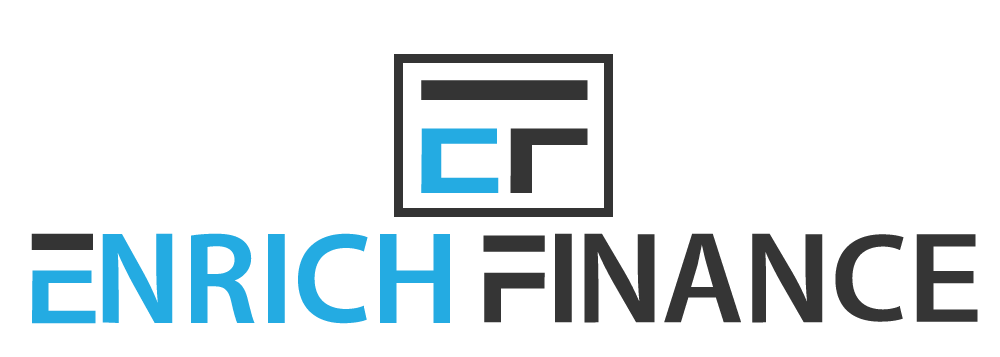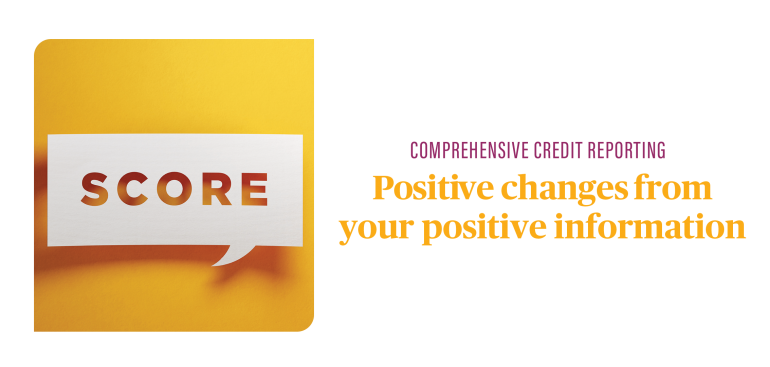Small businesses around Australia are taking advantage of the Federal Government’s Small Business Tax Incentive. If you operate a small business, you can immediately deduct the business portion of most assets that cost less than $20,000 each if they were purchased before 30thJune 2019 and your business turnover is less than $10 million.
This deduction can be used for each asset that costs less than $20,000, whether purchased new or second-hand. You claim an immediate deduction for the business portion of each asset through your tax return, in the year the asset was first used or installed ready for use.
Business assets include all fixtures and fittings on your practice premise, equipment, motor vehicle and other items, a full list is available on the ATO website.
How does it work?
Say you need to purchase a medical equipment for your practice. You purchase the equipment from the supplier, finance approved and paid in full before 30th June 2019, even if the item is not installed and delivered before EOFY. At the end of the financial year you can then claim 100% of the cost of this asset as a part of your depreciation expenses. Ultimately this reduces company profits by the same amount and therefore, reduces total tax owed at the end of the financial year.
The $20,000 threshold applies from 12 May 2015 to 30 June 2019 and reduces to $1,000 on 1 July 2019.









